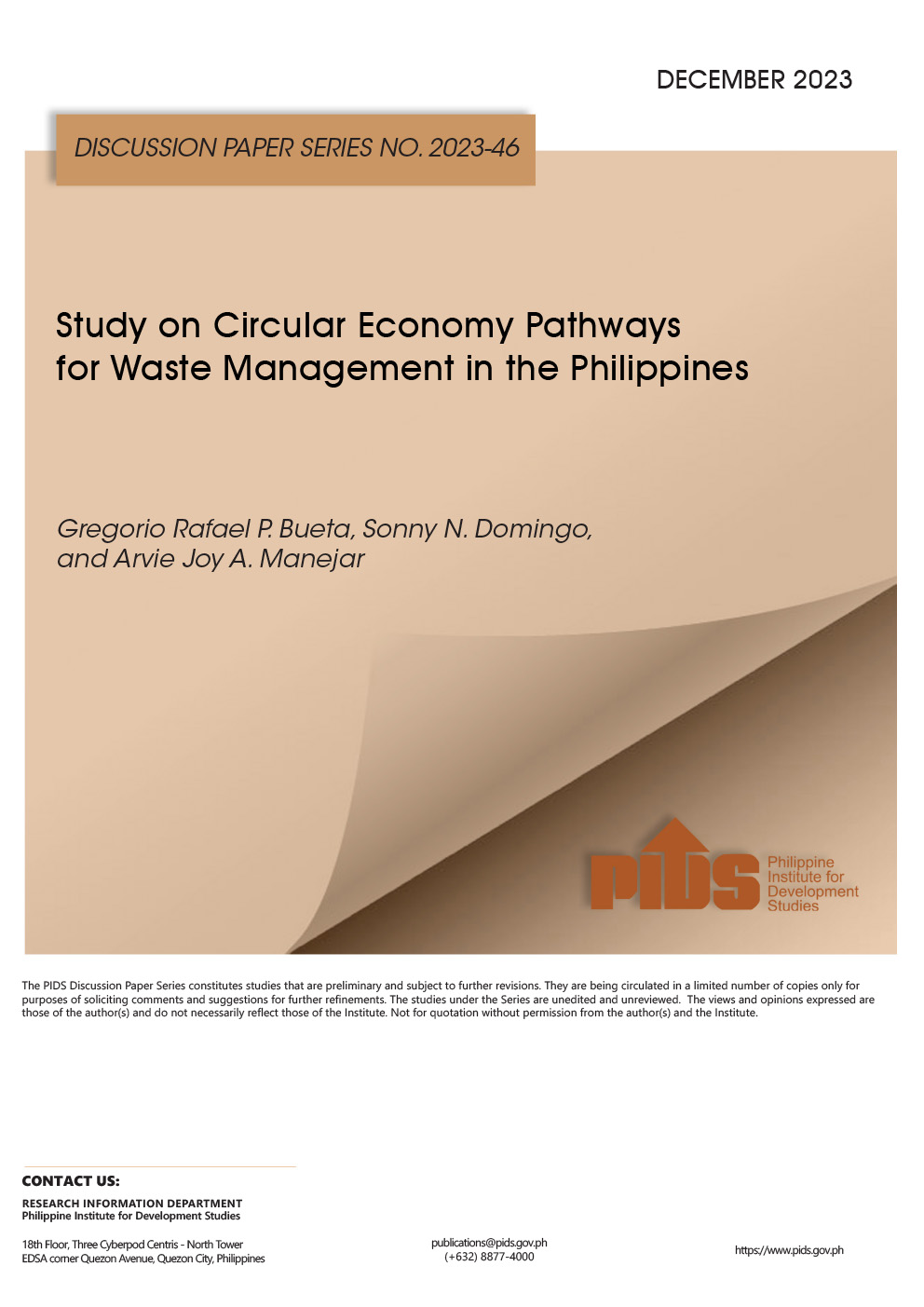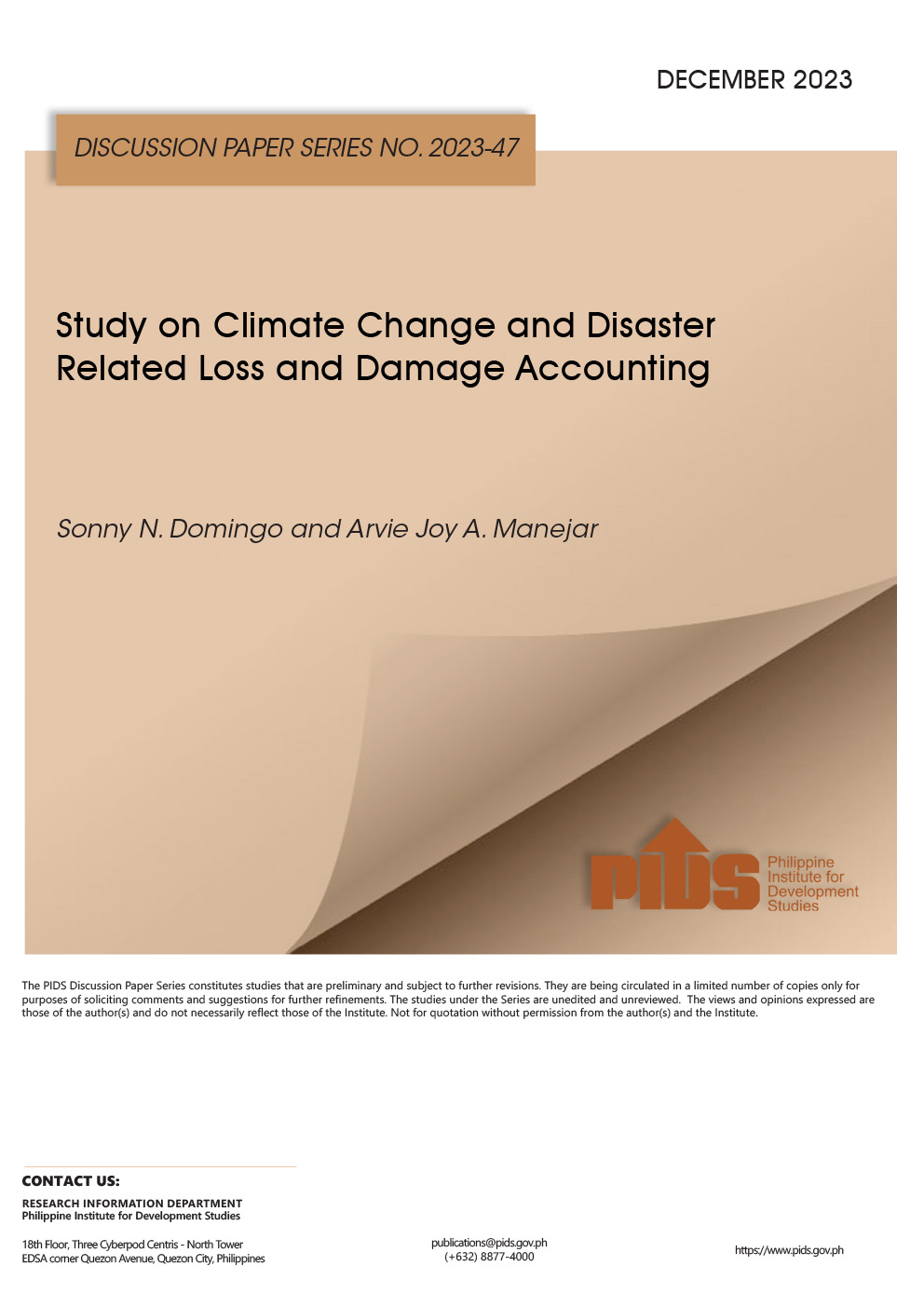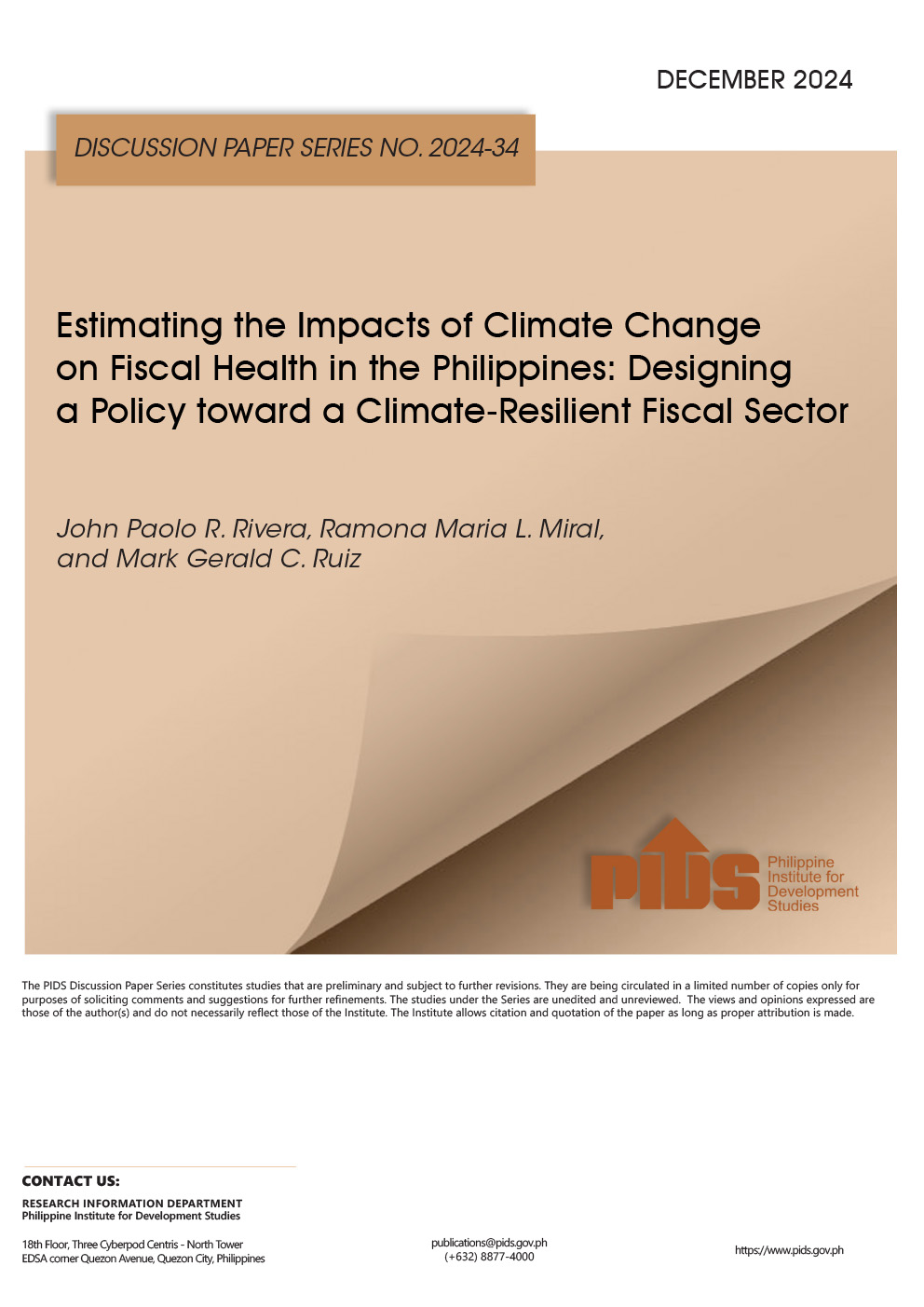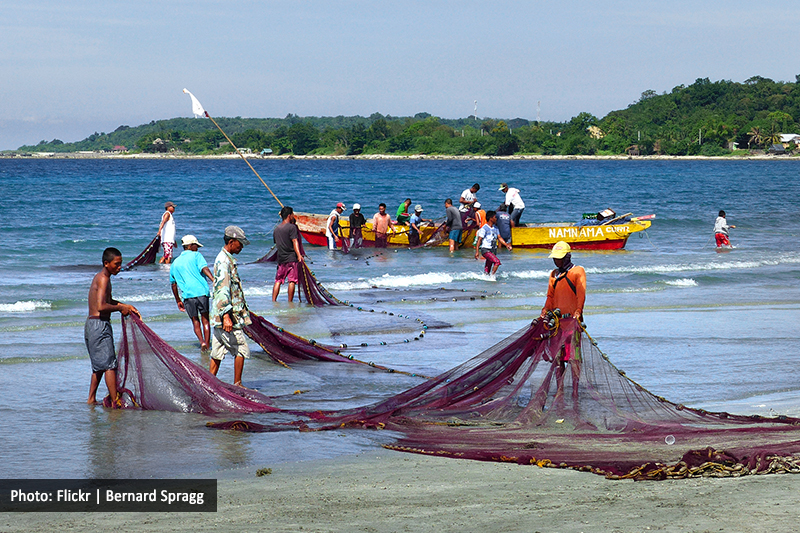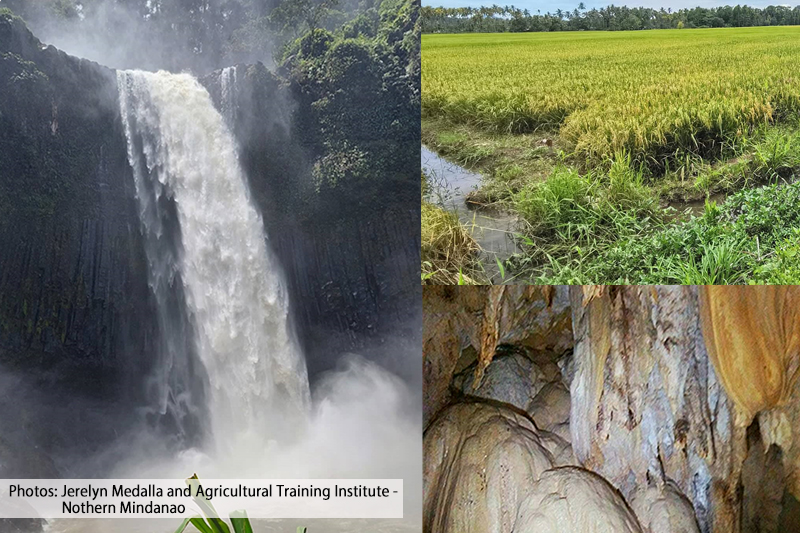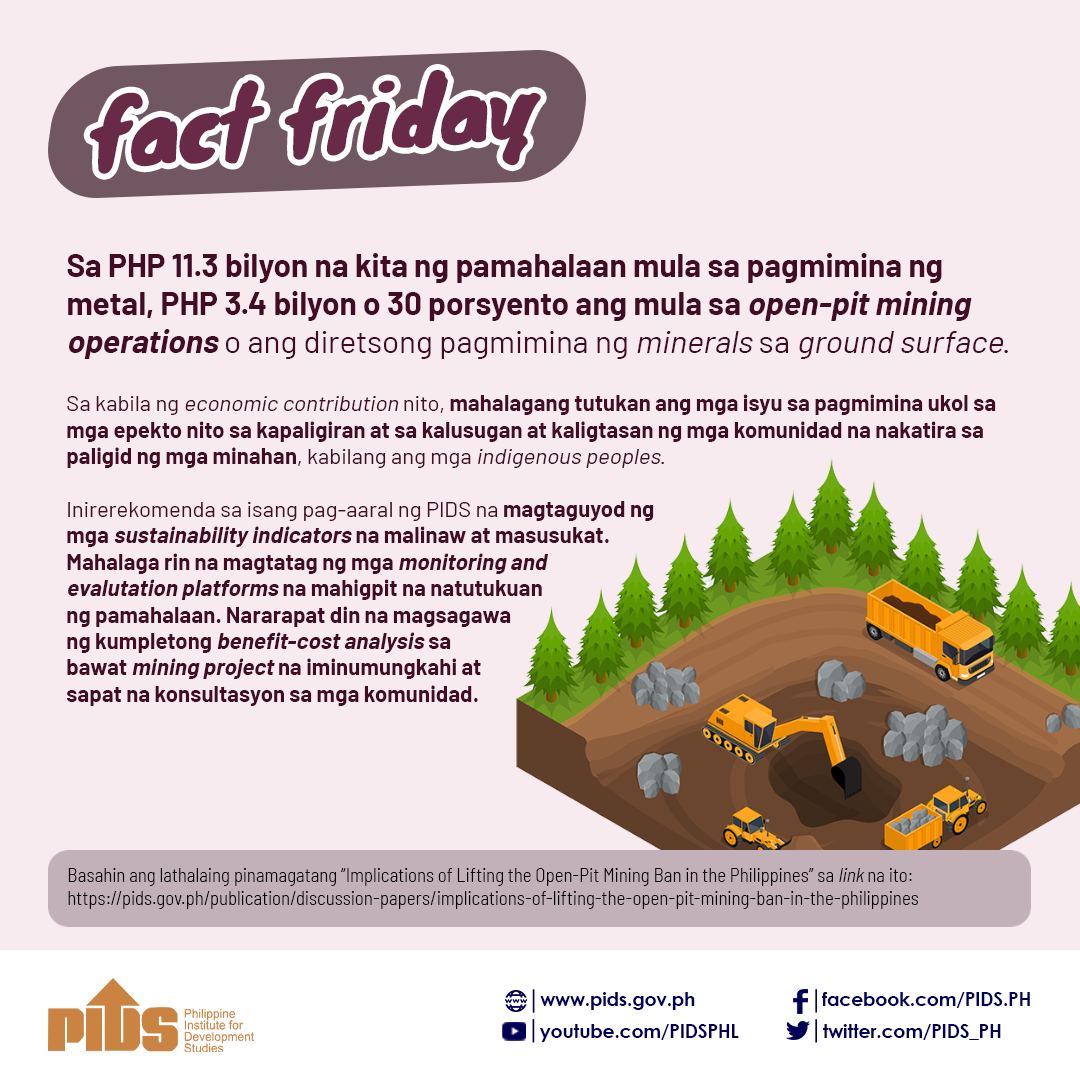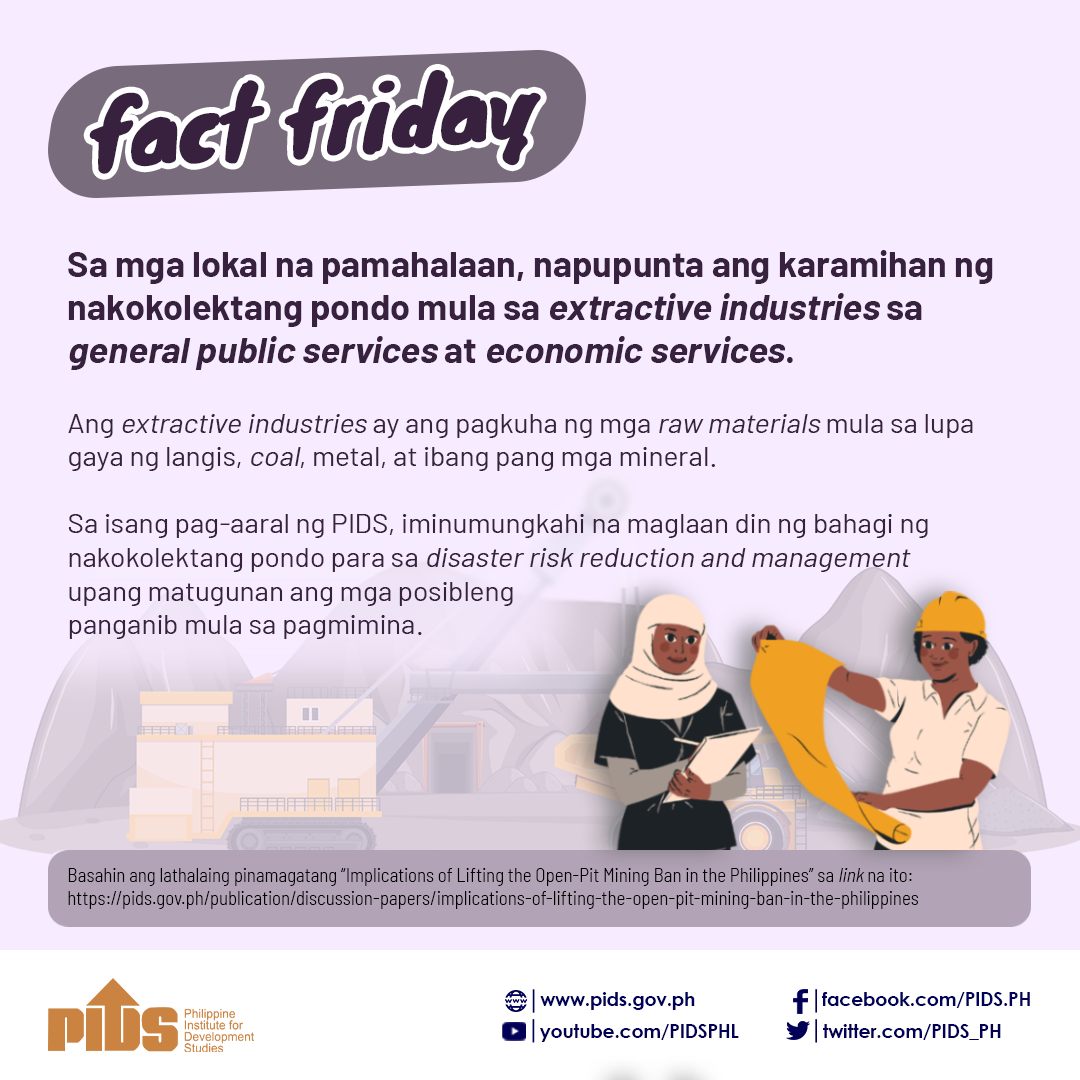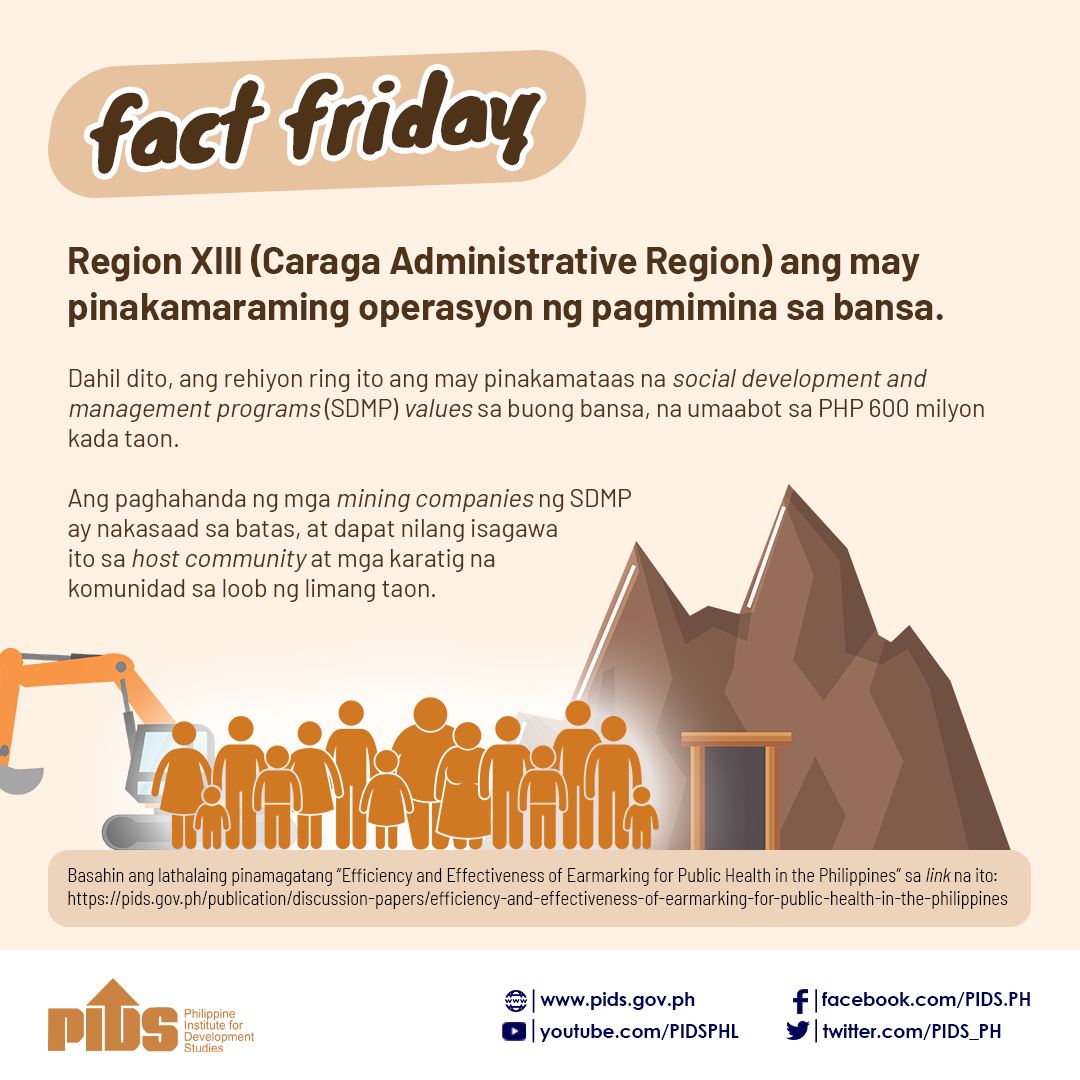THE regulatory regime for the mining industry creates corruption opportunities because of the need to obtain clearances from multiple agencies, according to government think tank the Philippine Institute of Development Studies (PIDS).
According to a study by consultant Eligia D. Clemente, “Challenges in the Philippine mining industry,” she said the need to obtain multiple clearances from agencies ranging from local government units (LGU) and the National Commission on Indigenous Peoples (NCIP) create such opportunities.
“The mixing of agencies assigned to handle mining concerns results in overlapping functions. This creates a venue for cracks, which, interestingly, are filled in by enterprising government employees through illegal means,” she noted in the study.
She cited the case of a mining company that operated on the assumption that the permit to operate issued by the Mines and Geosciences Bureau (MGB) was sufficient permission to begin cutting trees for access to roads, but later found that the Department of Environment and Natural Resources (DENR) also needed to issue tree-cutting permits.
As a result, it decided to operate “in areas devoid of trees… with the occasional tree allowed to stand… Eventually, the tree died and a permit to removing dead trees was secured, which took less time to process. This type of practice admittedly is more destructive since the cut tree is no longer listed as part of the number of trees to be replaced,” she noted.
She also cited clashing interests between the LGU and the MGB in the approval of the mineral production sharing agreement (MPSA).
She said the Local Government Code authorizes LGUs to ensure the “protection of the environment and maintain sustainability of its constituents,” a mandate that sometimes leads LGUs to act in a way contrary to miners’ interests.

